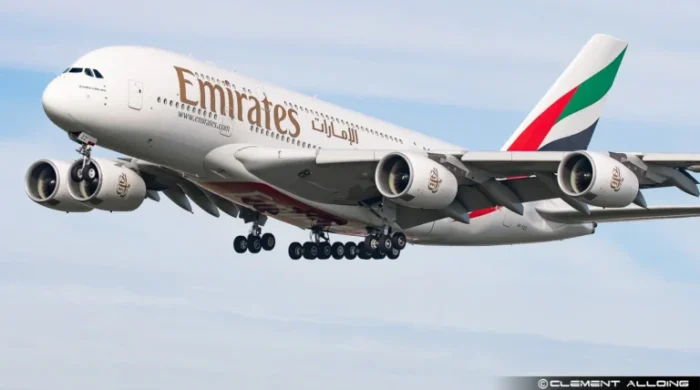The paradise on earth – Maldives
- আপডেট সময় বুধবার, ১৬ আগস্ট, ২০২৩

If you enjoy sunshine and beach, you can’t miss the paradise on earth that is the Maldives.
The Maldives is a nation of islands in the Indian Ocean, that spans across the equator. The country is comprised of 1192 islands that stretch along a length of 871 kilometers. While the country covers an area of approximately 90,000 square kilometers, only 298 square kilometers of that is dry land. The islands are grouped into a double chain of 26 atolls.
The country’s unique geography mesmerizes the visitor. Reefs that offer bands of color, tiny jewel-like islands rimmed with the whitest of soft sand surrounded by the clearest shallow waters that one can imagine. Only 200 of the islands are inhabited, and a select few on each of the atolls are resorts and some of the islands are used for industry and agriculture.
The beauty of the Maldives is not only above the water. The Maldives is home to about five percent of the planet’s reefs that comes with an explosion of color contributed by soft and hard corals that form them. The reefs are home to a thousand species of fish. Lured by the rich nutrients that flow in with the currents, large pelagic fishes such as manta rays and whale sharks also make the Maldives their home.

While very little is known about the ancient history of the Maldives scholars and historians believe that the Maldives is an old nation populated well over 2500 years ago. The Maldivian race is the result of several waves of settlement from various parts of the Indian subcontinent and thousands of years of interactions of people of different races and ethnicities that crisscrossed the Indian Ocean over several centuries. The country’s culture and traditions and the diverse physical traits of the people bear witness to the fact that the country was, due to its geographical location, a melting pot of people and cultures. The Maldivian language is Dhivehi, an Indo-Aryan language with its origins in Sanskrit.
The most recent census in 2014 enumerated the population at 407,660 people. A third of the population lives in Male’, while the rest live in 200 island scattered across the length of the country.
The livelihood of Maldivians traditionally depended on the seas, fishery being the main source of sustenance. While fishery still contributes significantly to the economy in terms of employment and income, tourism is the main source of income for the Maldivian economy today.

The Maldives has one of the most delicate environments anywhere on the planet. Coral reefs are the foundation of the islands. They offer protection to the tiny islands as its natural defense system, and the country’s economy depends heavily on the health of its reefs and ecosystems.
Several conservation efforts are underway to protect the valuable marine environment of Maldives. While several marine species and birds are protected by law, protected areas have been designated to ensure the conservation of specific ecosystems and the rich biodiversity of the country. This includes designated nature reserves in islands of various atolls to protect wetlands and mangroves and the protection of marine areas and the designation of biosphere reserves that covers coral reefs, islands, sea grass beds and mangroves.
Several resorts too conduct their own programs. While some programs conducted by resorts focus on the protection and rehabilitation of sea turtles, others are engaged in cutting edge research on regeneration of coral reefs. Several community education programs are also conducted by resorts for school children and the community at large. Non-governmental organizations also play an important role through their voluntary programs and conduct regular beach and reef clean up programs.
Visitors to Maldives are advised to carry back their own non-biodegradable waste and to take care not to stand on, touch or remove coral structures while snorkeling or diving.

















